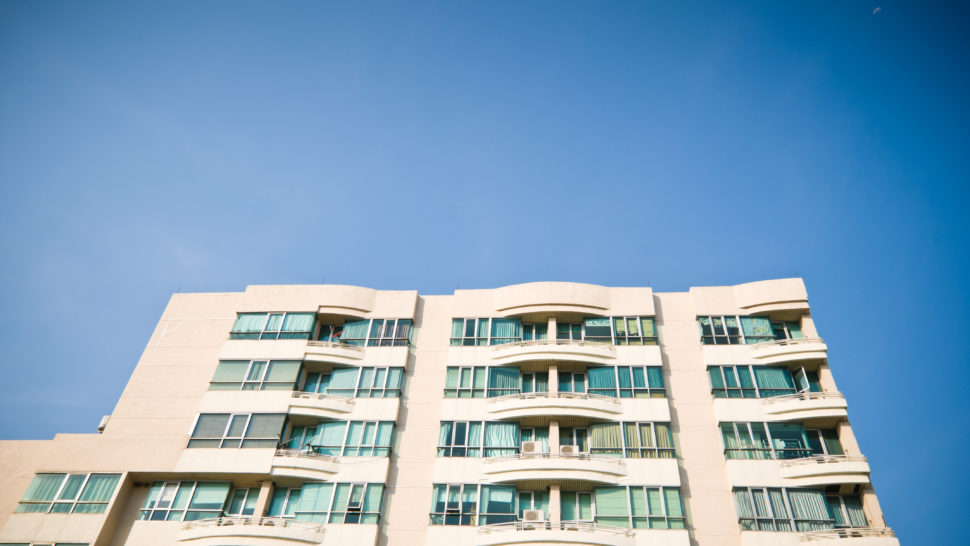Look into the Future of HOA Condo Dope
Look into the Future of HOA Condo Dope
Blog Article
The Function of an HOA in Establishing and Enforcing Community Standards for Citizens
The function of a Homeowners Association (HOA) in applying and establishing community standards is fundamental to keeping a natural and orderly domestic environment. By creating clear rules that govern aspects such as home upkeep and community conduct, the HOA not only sets requirements for locals however additionally fosters a sense of belonging and liability.
Recognizing Homeowners Associations
Homeowners organizations (HOAs) work as controling bodies for property areas, playing a crucial role in keeping building worths and cultivating a sense of neighborhood. Generally created by designers, HOAs are composed of home owners within a marked location who choose a board to manage the association's tasks. The key functions of an HOA include applying community policies, taking care of common areas, and organizing area occasions.
HOAs operate under a set of governing documents, including conditions, restrictions, and covenants (CC&R s), which outline the legal rights and responsibilities of property owners. These laws aim to make sure that properties are preserved to a particular requirement, thus protecting the visual allure and general worth of the neighborhood. Furthermore, HOAs often accumulate charges from house owners to money maintenance, landscape design, and various other social work.
The existence of an HOA can considerably influence the living experience within a neighborhood (hoa condo). While some citizens value the organized atmosphere and features provided, others may discover specific policies limiting. Stabilizing the interests of all homeowners is important for an HOA to function efficiently, ensuring that it serves its intended purpose of improving area living while valuing specific home owner rights
Creating Neighborhood Guidelines

To begin, an HOA must carry out studies or convene that allow homeowners to articulate their recommendations and problems. This participatory procedure promotes a feeling of possession and boosts conformity. Next off, the HOA board must examine the feedback to determine typical motifs and concerns that require formal incorporation in the guidelines.
It is also important to make certain that the guidelines are clear, concise, and conveniently understood. Obscurities can result in problems and misconceptions, weakening the objective of the standards. Additionally, the standards must be detailed, covering various facets of area living, including property maintenance, sound levels, and use usual areas.
Enforcement of Guidelines
Efficient enforcement of area policies is critical for preserving order and ensuring that all residents comply with the developed guidelines. An HOA should execute a structured method to implement these policies, which typically involves a combination of surveillance, interaction, and penalties for non-compliance.
First, normal assessments and area patrols can aid recognize violations, making certain that guidelines are regularly used throughout the area. This positive monitoring allows the HOA to resolve news problems before they escalate, cultivating a feeling of liability amongst residents.
Second, clear interaction is important. Residents should be notified of the rules and the treatments for reporting offenses. An open line of interaction encourages residents to voice concerns and look for clarification on guidelines, which can boost conformity.

Lastly, when violations happen, the HOA needs to impose consequences as outlined in the governing files. By effectively applying policies, an HOA can grow an unified living environment that reflects the collective values of its locals.
Advantages of HOA Regulations
Numerous benefits develop from the execution of HOA policies, which offer to enhance the lifestyle within a neighborhood. One primary benefit is the maintenance of property values. By applying requirements for visual appeals and maintenance, HOAs make sure that homes and typical areas stay appealing, cultivating a preferable living environment that can cause increased residential property values over time.
Furthermore, HOA laws promote consistency and uniformity within the community. This comprehensibility in layout and upkeep assists to create a sense of belonging amongst locals, adding to area pride and a positive environment. Developed standards facilitate problem resolution among next-door neighbors by giving clear expectations and protocols for actions, navigate to this site consequently lessening disagreements.
One more significant advantage is the stipulation of shared features and solutions. Lots of HOAs manage community centers such as clubs, swimming pools, and parks, which boost leisure opportunities for locals. These facilities not only improve the top quality of life yet likewise encourage social communication.
Ultimately, the policies stated by an HOA cultivate a well-organized, unified area, ensuring that residents appreciate a high requirement of living while fostering a supportive atmosphere for all home owners.
Common Challenges Dealt With by HOAs
Amidst the benefits that homeowners organizations (HOAs) can provide, they also experience a variety of difficulties that can impede their performance. One significant concern is the absence of resident interaction. Many home owners may not join conferences or area activities, resulting in a detach in between the HOA board and residents. This disengagement can cause misconceptions regarding area guidelines and a lack of support for enforcement initiatives.
Disputes can develop when citizens really feel that enforcement is irregular or prejudiced, potentially leading to problems within the neighborhood. In addition, HOAs frequently deal with financial constraints, which can restrict their ability to maintain typical areas or fund area tasks.
Furthermore, browsing legal intricacies can be intimidating for HOAs. Changing demographics and developing neighborhood Recommended Reading needs require HOAs to adjust their standards, usually satisfying resistance from long-lasting residents who are accustomed to conventional norms.
Conclusion

By formulating clear regulations that regulate aspects such as building maintenance and area conduct, the HOA not only sets standards for residents however additionally cultivates a feeling of belonging and liability.Homeowners organizations (HOAs) offer as governing bodies for domestic areas, playing a critical role in maintaining home worths and promoting a feeling of neighborhood. Several house owners might not get involved in meetings or area tasks, leading to a detach between the HOA board and residents. Evolving and altering demographics neighborhood needs require HOAs to adapt their standards, often meeting resistance from long-lasting locals that are accustomed to traditional standards. With the advancement of clear regulations and constant enforcement, HOAs advertise residential property upkeep, community satisfaction, and trust amongst homeowners.
Report this page